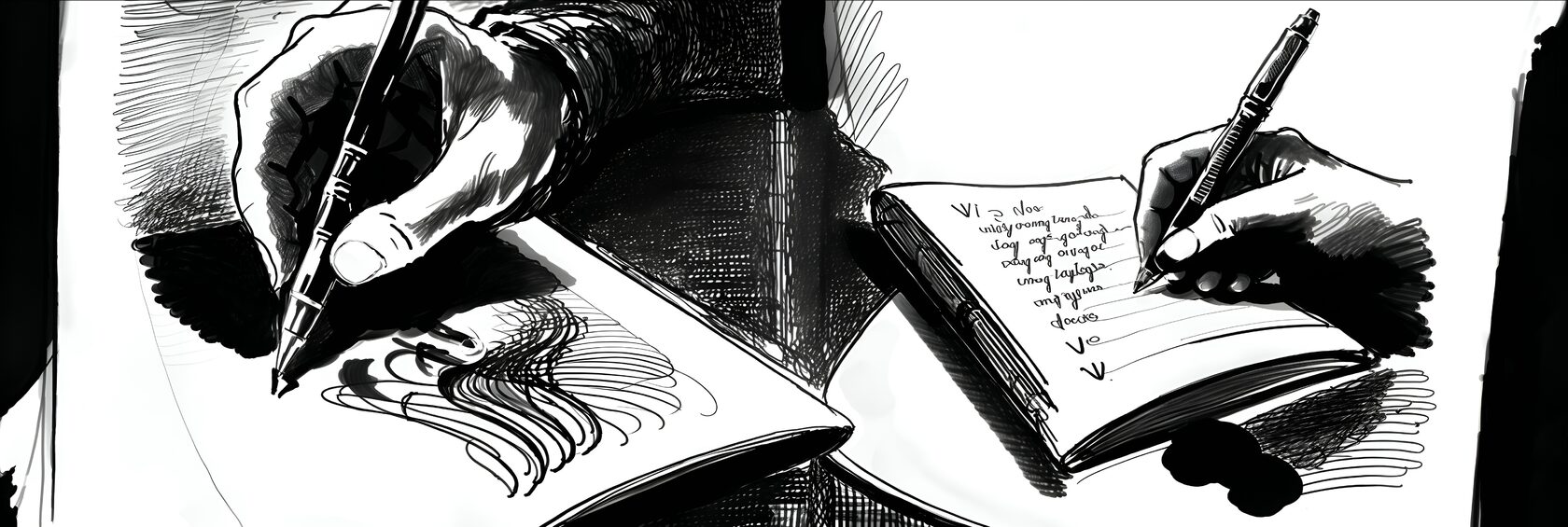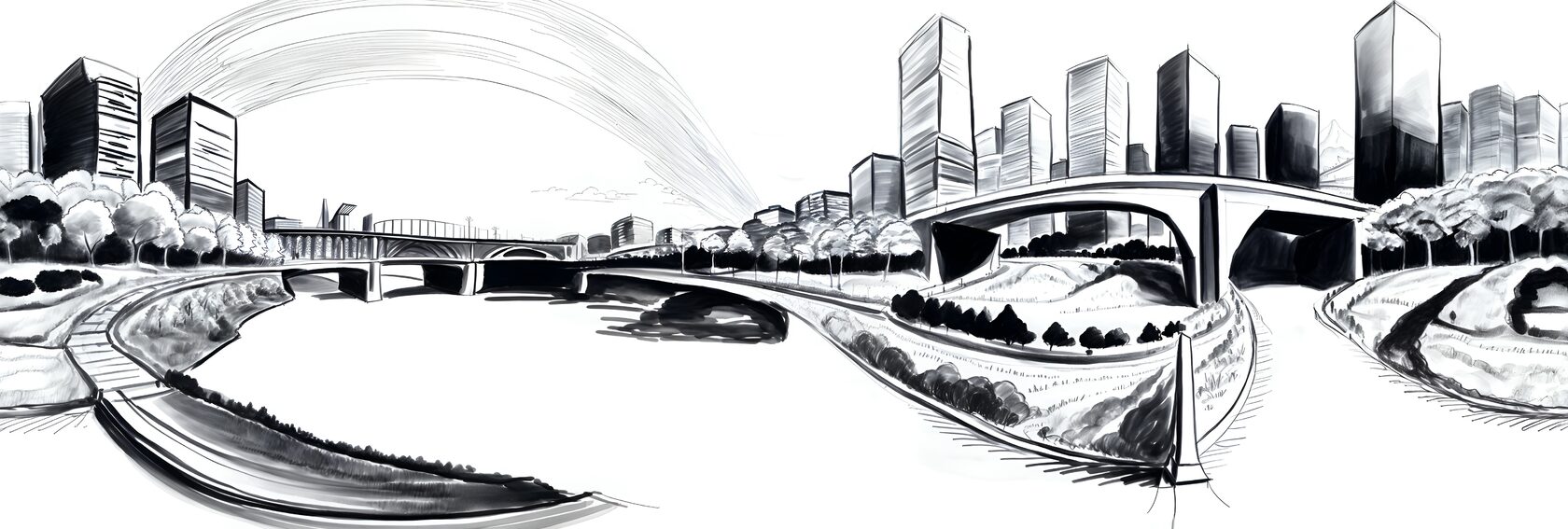

Feminist Praxis
This page collects methods and practices which help to make civic engagement more inclusive and creative. None of the listed methods are feminist only, they can be used in different contexts. Nevertheless, all of the listed methods have in common feminist approach, sensitivity and care.
This collection aims to expand urban planning and architectural practices and bring alternative ways of city exploration and citizen participation.
If you would like to add a method or practice, please reach out.
This collection aims to expand urban planning and architectural practices and bring alternative ways of city exploration and citizen participation.
If you would like to add a method or practice, please reach out.


More products

LET'S CONNECT!
Just type your contacts




